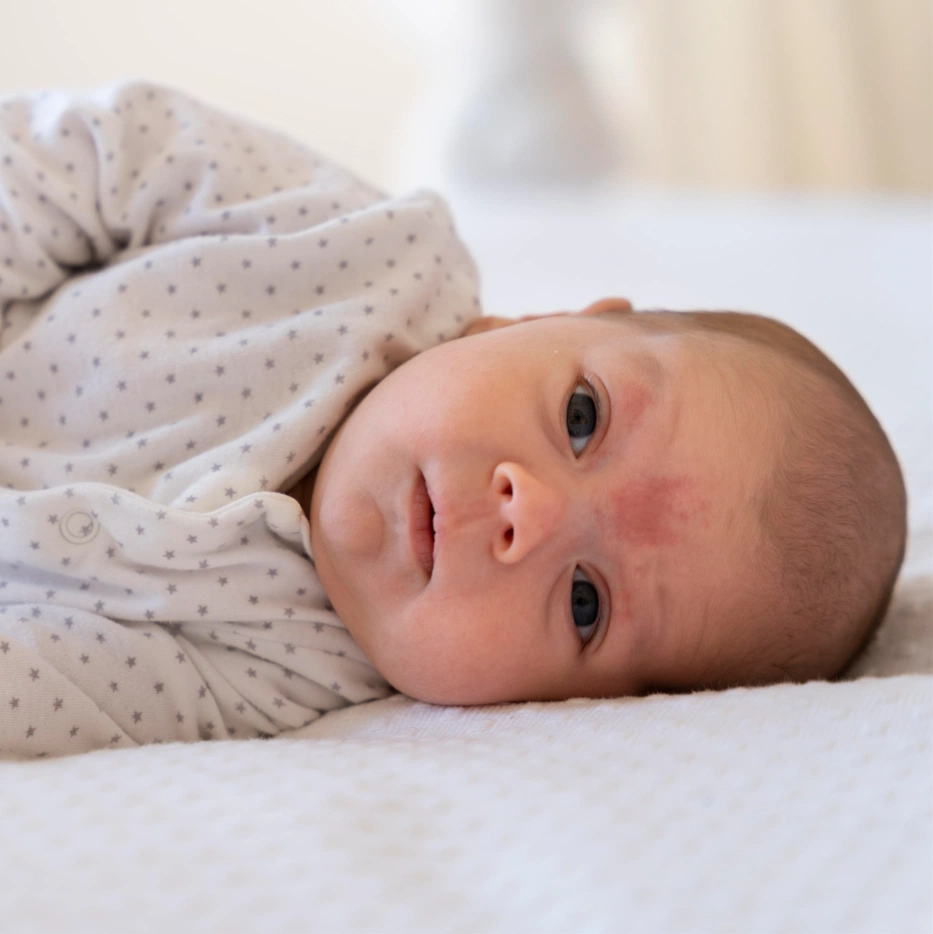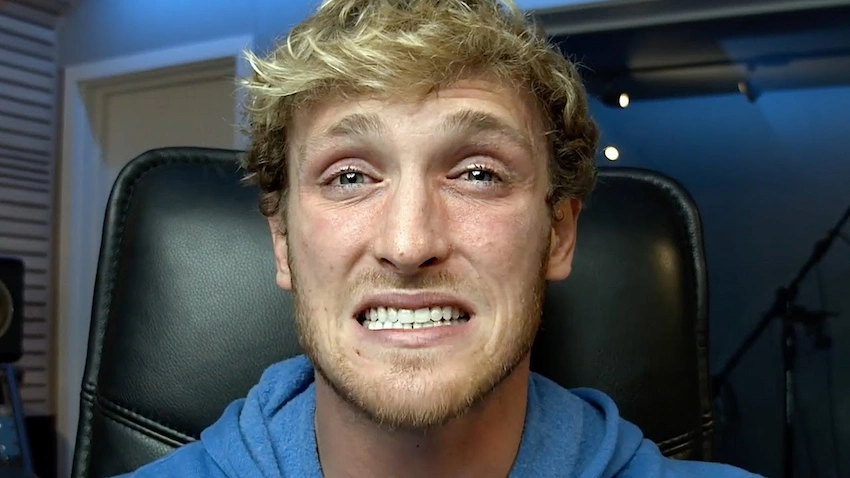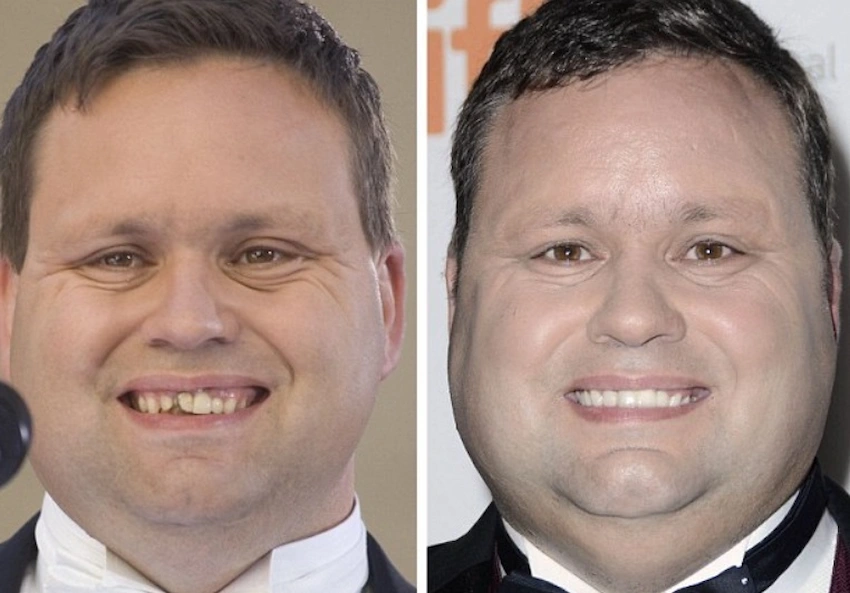Why Does the Body Develop a Rash During Teething?

Teething is a natural, albeit very uncomfortable, process that all babies must go through. Even though initiating the focus is usually on the pain of new teeth that are emerging, most of the babies may also have a rash. The reason for the development of the rash is one of the teething processes. We are going to answer this and talk about ways to comfort the baby in the blog.
What Happens During Teething?
Teething is a phenomenon that takes place when a child’s milk teeth come out (also called baby teeth) and the first set of teeth are forced to cut through the gums. This usually starts at approximately 6 months of age and may last for up to 3 years. Not only does the breaking of the teeth through the gums cause some swelling, redness, and pain, but also teething can be the source of other parts of the body difficult situations.
The Link Between Teething and Rash
A rash is not a direct result of tooth growth. Nevertheless, it is very often a consequence of the entire organism’s reaction to the process of tooth eruption. The following is a step-by-step guide to the above statement:
Excessive Drooling
One of the major signs of teething in children is excessive drooling. When the infants grasp toys or fingers to ease their gum pain, they release more saliva. This extra saliva can cause irritation of the skin around the mouth, chin, neck, and chest, and subsequently lead to the development of the so-called “drool rash.” This red, raw, or chapped skin condition is most commonly caused by the saliva generated, and if experienced for a longer period or the drool is not removed on time, it can make it much worse.
Skin Sensitivity
Drooling and tooth development can cause the baby’s immune system to be more sensitive, leading to minor rashes or skin irritation. The skin can get itchy, and in some cases, a rash may occur. This is the case when the baby comes into contact with other things that may irritate his skin, such as food, saliva, or his/her clothes.
Fever and Other Symptoms
Teething can be unpleasant for some kids, who may have a slightly higher temperature, an irritable mood, and a skin change of no major significance. Normally, the temperature would not reach a high level, but it might cause a single rash on the body. This could be a rash with small red spots on the skin that usually occurs in fever or viral infections that often accompany teething.
Common Rashes During Teething
- Drool Rash (Perioral Dermatitis): Normally, this rash shows up around the chin or neck. The chest is another spot where you can easily notice the rash. Due to constant wetness from the saliva, the area normally appears red and irritated. One can find relief by applying some gentle moisturizer –the skin heals the fastest in those conditions.
- Heat Rash: Another common name for this type of rash is prickly heat. Infants are very prone to this kind of rash due to reasons like increased drooling and sweating. The rash appears as red bumps and shows up when a baby is too warmly dressed or in a hot climate. Airy and dry places will prevent the occurrence of such a rash.
- Exanthematous Rash (Rash with a Fever): Sometimes, though, a baby can go through a viral illness while teething, which can be one of the causes of a rash, and in this case, a mild fever accompanies it. The rash is usually not due to the teething process itself but is instead a result of a simultaneous illness.
How to Manage and Treat the Rash
- Keep the Skin Clean and Dry: The most effective method is to prevent drool rash by keeping the skin clean and dry. Using a soft, wet cloth regularly to wipe away any excess drool, as well as applying a mild, unscented baby lotion to the skin, will keep the skin moisturized.
- Use a Barrier Cream: Should the baby easily get drool rash, a protective barrier cream (like petroleum jelly or zinc oxide cream) can be used to prevent irritation. This is to be a layer of protection between the skin and the drool.
- Ensure Proper Hygiene: To minimize the possibility of irritation, clean your baby’s hands and face regularly. This is vital when the baby is in the habit of tasting everything with his mouth.
- Cool Compresses: To treat a heat rash on a baby, use a cool, moistened cloth on the affected area of the skin. It is the most effective way to soothe the skin and reduce inflammation.
- Consult a Pediatrician: If the rash seems to be serious or develops simultaneous fever or other symptoms, consult your pediatrician. Occasionally, a rash may indicate a more serious condition that requires medical attention.
When to Seek Medical Advice
Most frequently, rashes during teething don’t cause any harm, and they will eventually subside when teething is over. It’s important to see a doctor; however, if your child’s rash persists and is accompanied by a high fever or if other unusual symptoms, such as blisters or swelling, are present, these could be signs of more serious health problems.
FAQ: Why Does the Body Develop a Rash During Teething?
This is very much possible, and drooling and slight fever are the main contributors to the development of such a condition. These rashes are usually prominent around the mouth, chin, and neck regions where saliva may trigger skin irritation.
Drool rash is caused by excessive drooling that can lead to the skin getting red and irritated. Keeping your baby’s skin clean and dry and applying a mild moisturizer or barrier cream can help you to alleviate the condition.
The teething period in some babies is accompanied by a slight fever, which can sometimes bring a skin rash along. Yet, this rash is mostly a result of the fever or a minor contagion, and not teething as such.
The problem of sweat rashes arises when babies get hotter due to drooling. To avoid this, always have your baby in a cool and comfortable atmosphere, make sure you do not over-dress the baby and regularly wipe away any excess drool to prevent further irritation.




